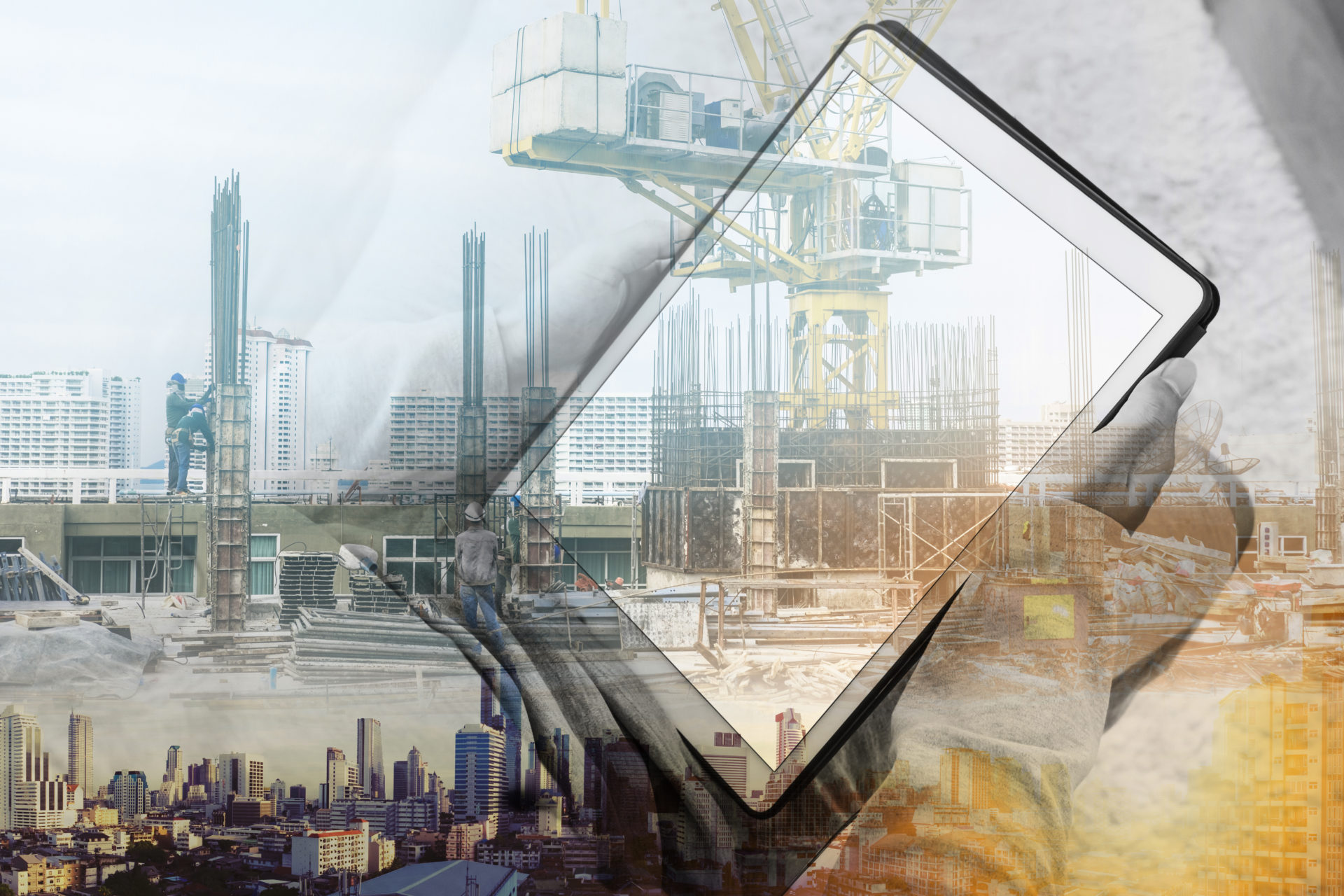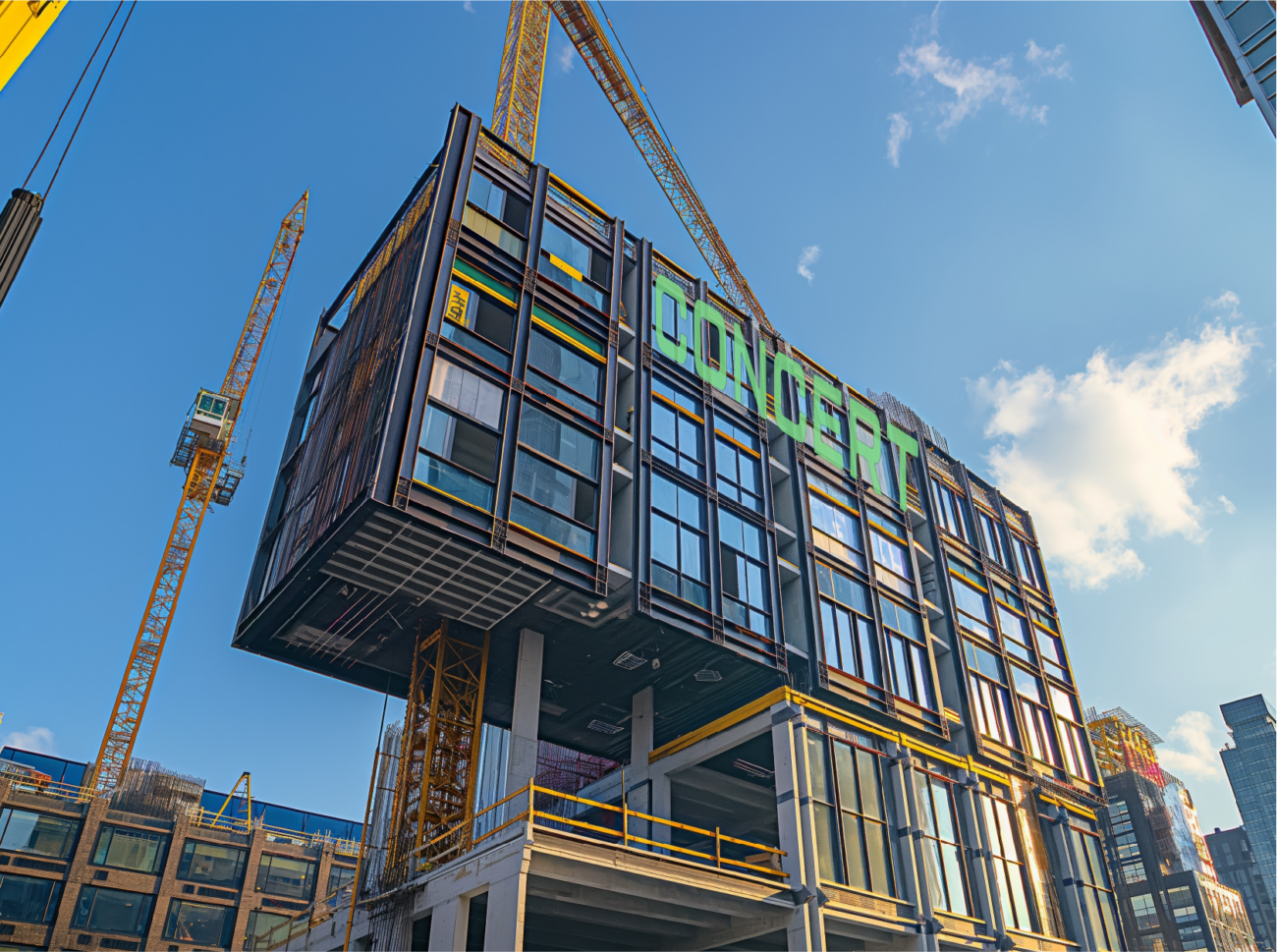Tim Dufault, FAIA – Concert CRO
Understanding the impact that building design and construction decisions have on global climate change is clearly shown in the sixth assessment report from the IPCC. The issue is clearly named in Part B – Recent Developments and Current Trends:
- “B.2.1 –.… If emissions from electricity and heat production are attributed to the sectors that use the final energy, 90% of these indirect emissions are allocated to the industry and buildings sectors, increasing their relative GHG emissions shares from 24% to 34%, and from 6% to 16%, respectively ….”
The data is clear. Even with these figures, the report does not take into account how materials and systems used in construction add to that number. Therefore, the estimate of impact grows to over 40%. The report goes on to discuss how these impacts could be mitigated and that digital technologies can play a significant role in making a difference:
- “B.4.3 – Digital technologies can contribute to mitigation of climate change and the achievement of several SDGs [Sustainable Development Goals] (high confidence). For example, sensors, internet of things, robotics, and artificial intelligence can improve energy management in all sectors, increase energy efficiency, and promote the adoption of many low-emission technologies, including decentralised renewable energy, while creating economic opportunities (high confidence).… Digital technology supports decarbonisation only if appropriately governed.”
There are clear opportunities for digital systems in design and construction to reshape the carbon equation. Part C – System Transformations to Limit Global Warming – goes deeper into what specifically needs to change, especially in building systems:
- “C.5.2 – …. many low- to zero-GHG intensity production processes are at the pilot to near-commercial and in some cases commercial stage but they are not yet established industrial practice. Introducing new sustainable production processes for basic materials could increase production costs but, given that only a small fraction of consumer costs is based on materials, such new processes are expected to translate into minimal cost increases for final consumers…. Reducing emissions from the production and use of chemicals would need to rely on a life cycle approach, including increased plastics recycling, fuel and feedstock switching, and carbon sourced through biogenic sources….”
Our takeaway from this is to create real change, we need to create a market for alternatives to traditional building systems and materials. This isn’t going to happen spontaneously; it will only happen if there is a proven need. To prove the need, we need to model and measure the outcomes. For any system to move from pilot to full production, the results of the pilot program must be measured, assessed, and scaled up to stand for the outcomes on a full production scale. Solutions like full-scale 3D printing of buildings will only become mainstream if we can resolve the challenges of scale and lower impact “printing materials”. Low carbon steel will only become cost-effective when there is enough market to justify the added production expense.
Part C offers us another challenge:
- “C.7.2 – Integrated design approaches to the construction and retrofit of buildings have led to increasing examples of zero energy or zero carbon buildings in several regions. However, the low renovation rates and low ambition of retrofitted buildings have hindered the decrease of emissions. Mitigation interventions at the design stage include buildings typology, form, and multi-functionality to allow for adjusting the size of buildings to the evolving needs of their users and repurposing unused existing buildings to avoid using GHG-intensive materials and additional land. Mitigation interventions include: at the construction phase, low-emission construction materials, highly efficient building envelope and the integration of renewable energy solutions; at the use phase, highly efficient appliances/equipment, the optimisation of the use of buildings and their supply with low-emission energy sources; and at the disposal phase, recycling and re-using construction materials.”
The existing building market is still the largest part of the built world. While projections show that we will more than double the SF/SM of space built in the next 25 years, we will still have billions of SF/SM of space that is inefficient and less desirable. It is incumbent upon the design industry to figure out how we can re-purpose this existing building stock in new and creative ways. Again, this is where modeling and measuring outcomes can help create a data-centric understanding of how to use this resource.
Finally, Part E – Strengthening the Response – lays out the mechanisms that government and business can work together to achieve these broader goals:
- “E.4.3 – Low-emission technological innovation is strengthened through the combination of dedicated technology-push policies and investments (e.g., for scientific training, R&D, demonstration), with tailored demand-pull policies (e.g., standards, feed-in tariffs, taxes), which create incentives and market opportunities….”
Working together, Government and business can create the change necessary to achieve these goals. Each entity must be able to have access to a transparent record of progress and outcomes. This is where blockchain becomes a tool to permanently record an integrated approach to change. Recording the modeling, measurement, and outcomes of each activity, material, or system in the process creates the mechanism for future modeling when the building enters its operational phase. Therefore, we chose blockchain as our stage for Concert.
Climate change is real, we can do something about it, and we can achieve the outcomes necessary to hold global warming to less than 1.5°C. Creating the immutable record of inputs, performance, and total carbon creates the mechanism to assess our progress, through performance modeling and real-time assessment. Concert creates that record and facilitates the change to digital design as a tool to save the world.





